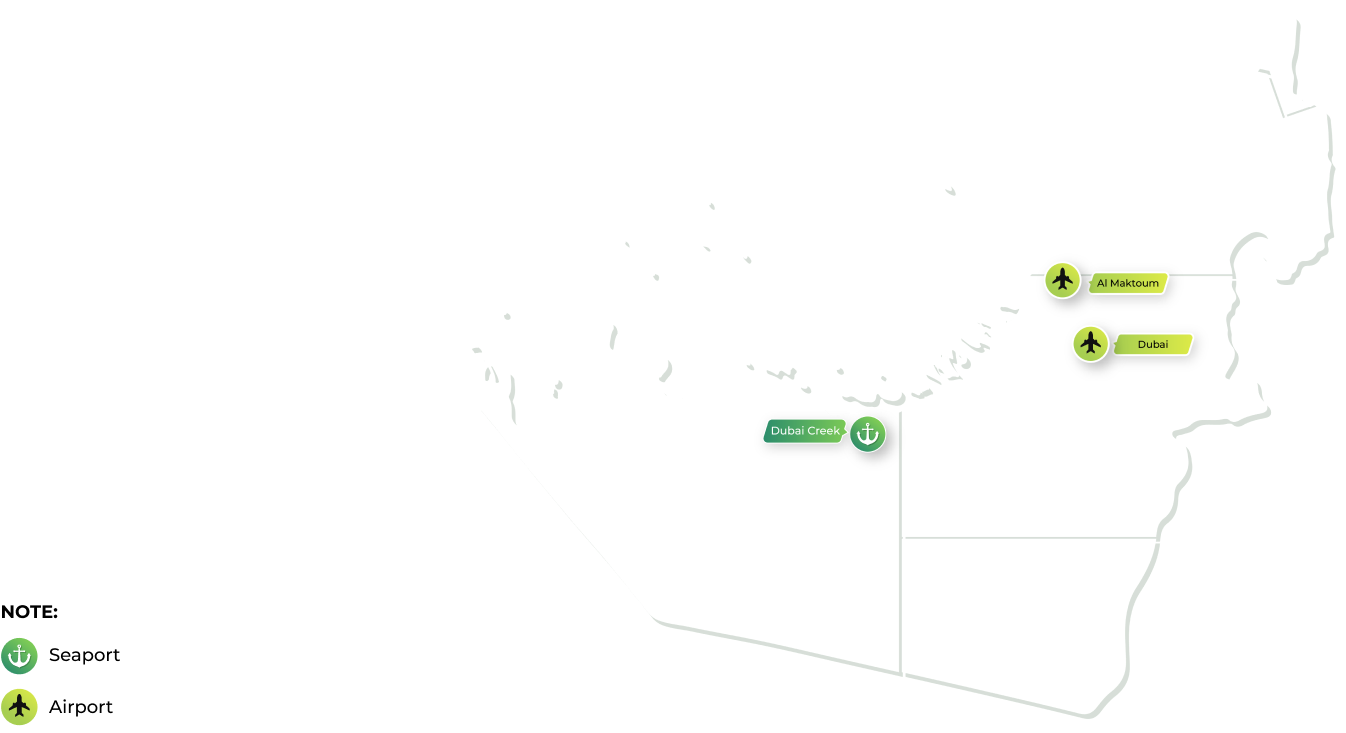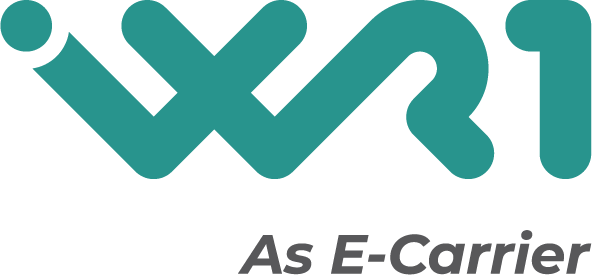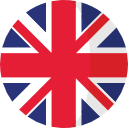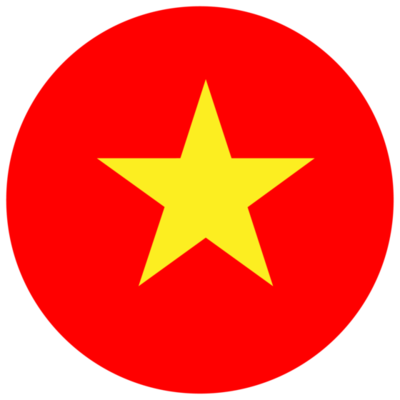Vietnam and Dubai (UAE) Trade Relations

The overall situation
In 2023, a significant milestone is reached, marking the 30th anniversary of diplomatic relations between Vietnam and the UAE, with remarkable developments. According to UAE Ambassador Bader Almatrooshi, last year the UAE was Vietnam’s largest trading partner in the Middle East, with non-oil trade reaching 8.7 billion USD. The bilateral trade value between the two countries reached an impressive 28.3 billion AED (7.7 billion USD).
Update: 6/10/2023 / Source: vietnamplus.vn
The state of trade relations
This year, the two countries officially launched negotiations for the Comprehensive Economic Partnership Agreement between Vietnam and the UAE (CEPA). The agreement will open up significant opportunities for Vietnamese businesses to export their strengths such as agricultural products, textiles, and footwear while accessing new markets through the UAE’s transshipment market.
Update: 6/10/2023 / Source: trungtamwto.vn
Main Seaport/Airport

Types Of Shipping Modes
The types of Shipping modes between Vietnam and Dubai include:
By sea:
- Full Container Load (FCL) shipment
- Less-than-container Load (LCL) shipment
DELIVERY TIME
Shipping time ranges from 18 – 19 days, depending on the departure and destination ports. You can refer to the following routes:
- HPH – DXB: 18 days
- HCM – DXB: 19 days
By air
- Air charter shipment
- Express
DELIVERY TIME
Shipping time ranges from 1 – 6 days, depending on the type of shipping service
Requirements for importing into Dubai

Label Requirements
- To import food and beverages here, it is mandatory to have a Halal certification.
- They must be translated into Arabic, including clear information such as product name, origin, and the content of various substances…

Procedures Required:
- Food items must undergo inspection at the importer’s warehouse.
- Importers must have the appropriate import licenses for the food sector and complete the inspection application process.

Prohibited/restricted imports:
- Prohibited items include products classified under 30 tariff lines in the HS code, such as live pigs, camels, ivory, coca leaves, asbestos, etc.
- Restricted imports apply to products classified under 244 tariff lines at the 8-digit level in the HS code.

Requirements for taxes and customs fees:
- Goods that have been temporarily exported for completion or repair must be subject to customs duties at a rate equivalent to the additional value resulting from their completion or repair.
- Customs duties are exempt for imported goods under various import regimes (e.g., transit goods, temporarily imported goods, goods in warehouses, and goods imported into free trade zones).



 Tiếng Việt
Tiếng Việt